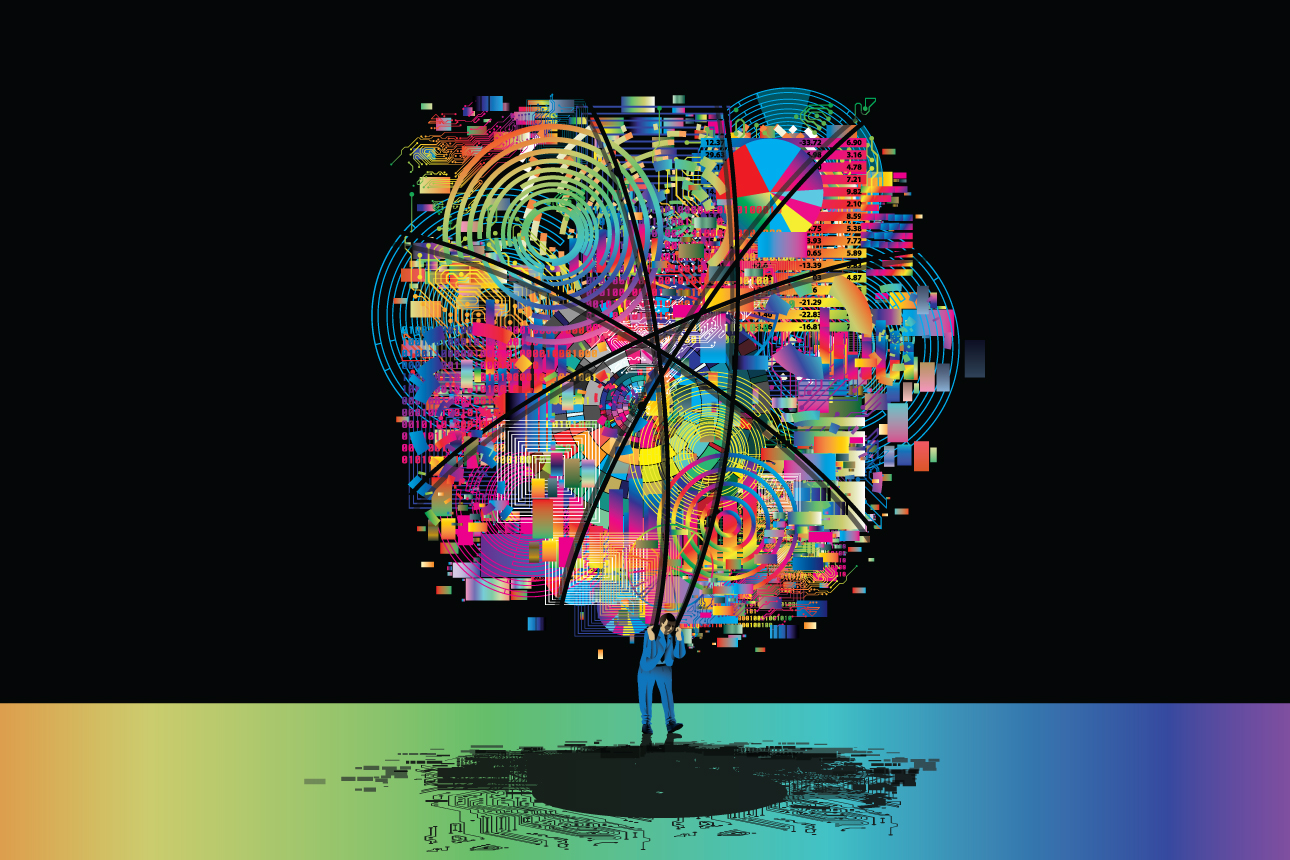How Legacy Businesses Can Compete in the Sharing Economy
By harnessing sensor data from the internet of things, providers of traditional products and services can participate in the sharing economy — boosting revenue in the process.
Topics

Image courtesy of Daniel Hertzberg/theispot.com
The term platform is commonly associated with vibrant ecosystems that connect various sets of users — drivers with riders (Uber), property owners with renters (Airbnb), searchers with advertisers (Google), sellers with buyers (Alibaba), or social groups with app developers (Facebook). These digital platforms have generated unprecedented value, overshadowing many established companies that have dominated their industries with produce-and-sell value chains.1 Until recently, most traditional companies could not adapt their established business models to participate in the so-called sharing economy. But sensors and related technologies are changing that reality.
Consider Ford vehicles equipped with voice-activated technology that can order coffee through Amazon’s Alexa. Using data on weather, traffic, and the vehicle’s location, the car can request a coffee to be ready precisely when the driver arrives at the nearest Starbucks. The driver can pick up her coffee without waiting in line. And the FordPass app that contains her mobile payment information can automatically complete the transaction.
This kind of integration highlights two notable shifts from traditional practices.2 First, the established company (Ford) activates a new ecosystem consisting of consumers and third parties outside its value chain (Starbucks, Amazon, banks, and app developers). Such consumption ecosystems emerge after products are sold through linkages enabled by sensor data generated as products are being used.3 They are different from production ecosystems, which are built on linkages within value chains — such as those between suppliers, R&D, manufacturing, assembly, and distribution channels — that connect the parties involved in producing and selling. Established companies know their production ecosystems, and many use smart connected products within their value chains to improve their assembly processes, customer relationships, and after-sales service.4 But consumption ecosystems, which involve tracking products after they are sold and sharing sensor data with parties outside the value chain, are new. And they require new capabilities.
The second shift occurs within the established company’s new consumption ecosystem. In the coffee example, Ford must manage exchanges between drivers and third-party providers to offer a service. In so doing, Ford goes beyond its produce-and-sell role to become a platform creator and orchestrator.
Running a platform is new for many produce-and-sell companies, but the opportunity it represents is hard to ignore.
References (17)
1. M.E. Porter, “Competitive Advantage: Creating and Sustaining Superior Performance” (New York: Free Press, 1985).
2. T. Soper, “Starbucks Teams Up With Ford and Amazon to Allow In-Car Orders via Alexa,” GeekWire, March 22, 2017, www.geekwire.com.




